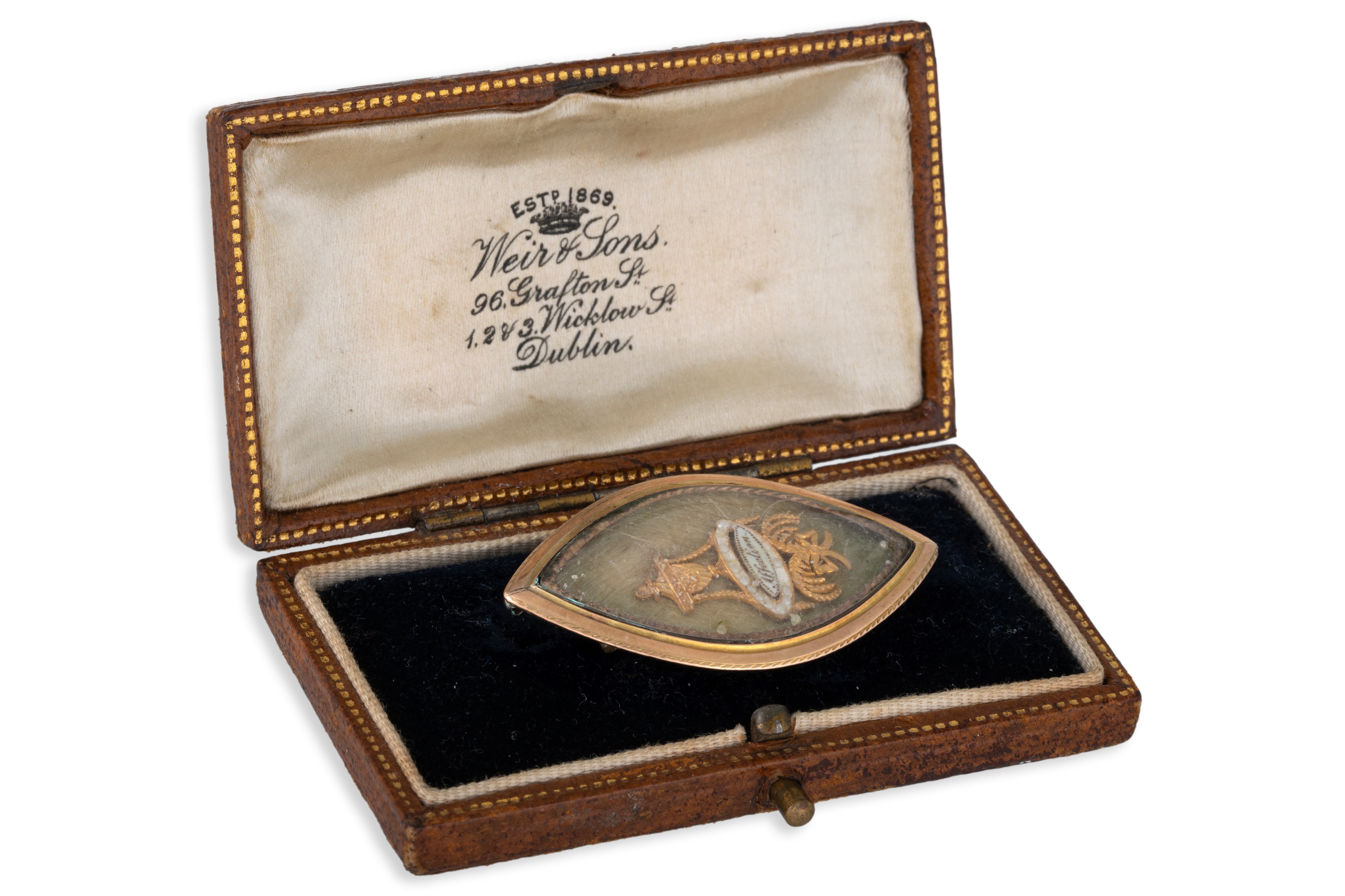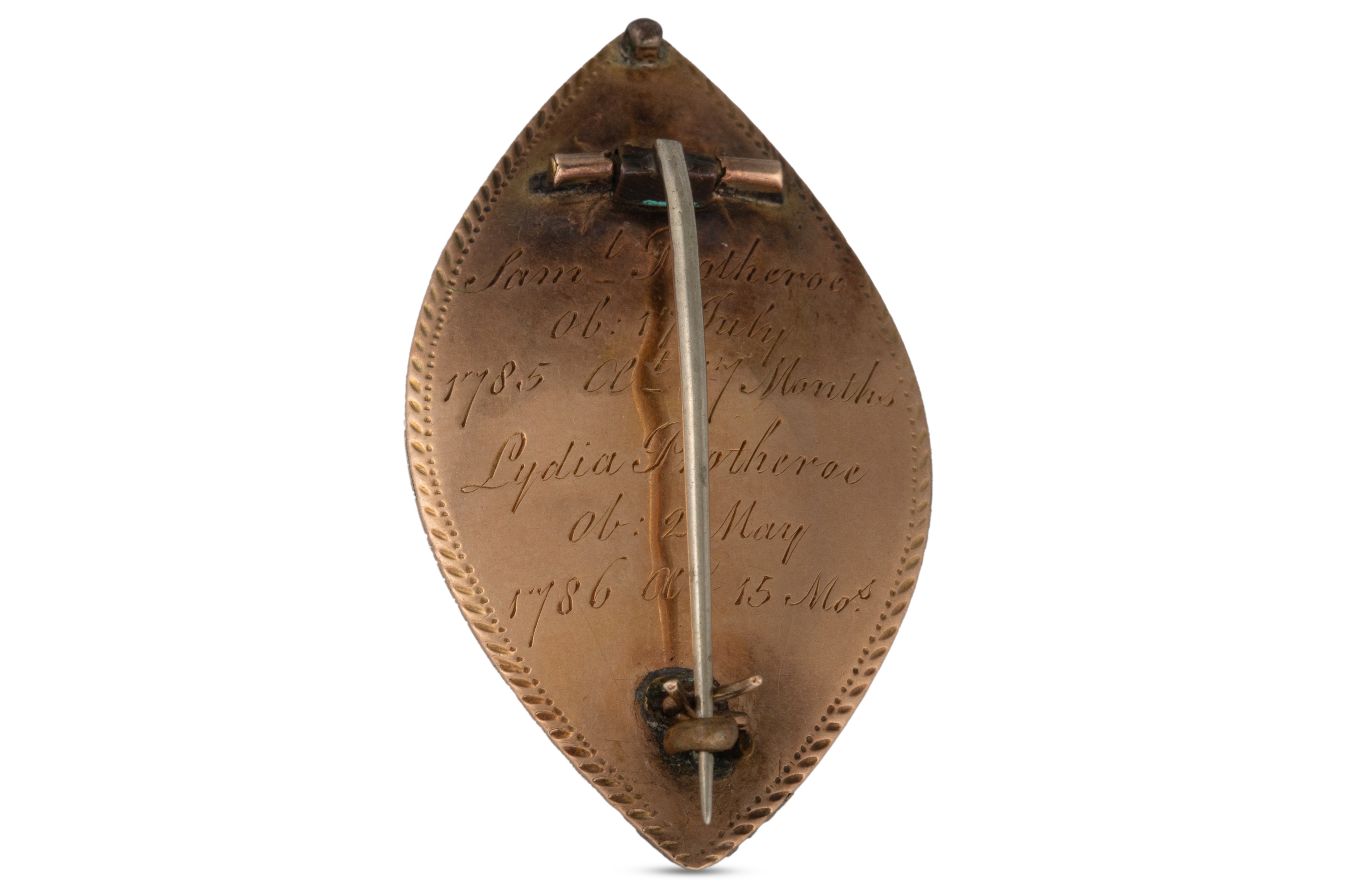Georgian Memorial Jewellery
Amulets and talisman have long been believed to be a capsule protecting the wearer from evil spirit
11/10/2024 Jewellery & Gems
Amulets and talisman have long been believed to be a capsule protecting the wearer from evil spirits.
In Ancient Egypt, emeralds were believed to treat eye diseases, as well as symbolising rebirth and fertility.
The German Medieval philosopher and Saint, Albertus Magnus (c. 1200-1280) in his book, ‘Book of Secrets’ about the ‘virtues of herbs, stones…’. Where he wrote that wearing diamonds on the left side of the body could protect the wearer from wild beasts and madness. And that as a protection for the body, sapphire could be worn, protecting the limbs of the wearer.
As there was no cure for most ailments and illnesses at the time, an obsession with death and the macabre imagery surrounding it ensued.
By the 17th century, these same symbols were no longer a metaphor for mortality but rather as a commemoration of deceased loved ones.
Popularized after the execution of Charles I in 1649, his followers wore rings and lockets with miniatures of his portrait
The use of hair in memorial jewellery became ever more prominent. Weaved into the back of brooches and rings, sometimes in ornate patterns. Forever more encapsulating the deceased, acting almost as a shrine of sorts for the loved ones who wore them.
In the 18th century the depictions became more allegorical, scenes of neo-classical figures on ivory or enamel backing sometimes composed of bits of hair from the departed loved ones. They centred Romantic motifs of anchors, intertwined hearts, obelisks, and urns. Recognisable from the ornate and intricate metal work, by the skilled goldsmiths of the time. They were signs of respect for the dead and reminded the death obsessed living of their own fate. Brooches were often pinned close to the heart of the mourner.
A beautifully preserved example of an antique Georgian mourning brooch is lot 212.
Lot 212: A GEORGE III GOLD MEMORIAL BROOCH, dated 1786 in a vintage Weirs box, Dublin
€150 - €200
The navette shaped brooch/pendant has a gold border with part cannetille decoration encasing an urn with the word ‘Affection’ surrounded by a seed pearls, under which are weeping willow branches and a bow, on a bed of interwoven hair. The urns, a symbol of death and remembrance. And the weeping willow branches are thought to have resembled a figure bent over in grief.
It is inscribed on the reverse,
‘Samual Protheroe
ob: 17 July
1785 aet 17 months
Lydia Protheroe
Ob: 2 May
1786 aet 15 Mos’
Tragically, this brooch most likely symbolises the death of two young children. Forever encapsulated and memorialised at 17 and 15 months respectively. Over 200 years later, their legacy lives on.

